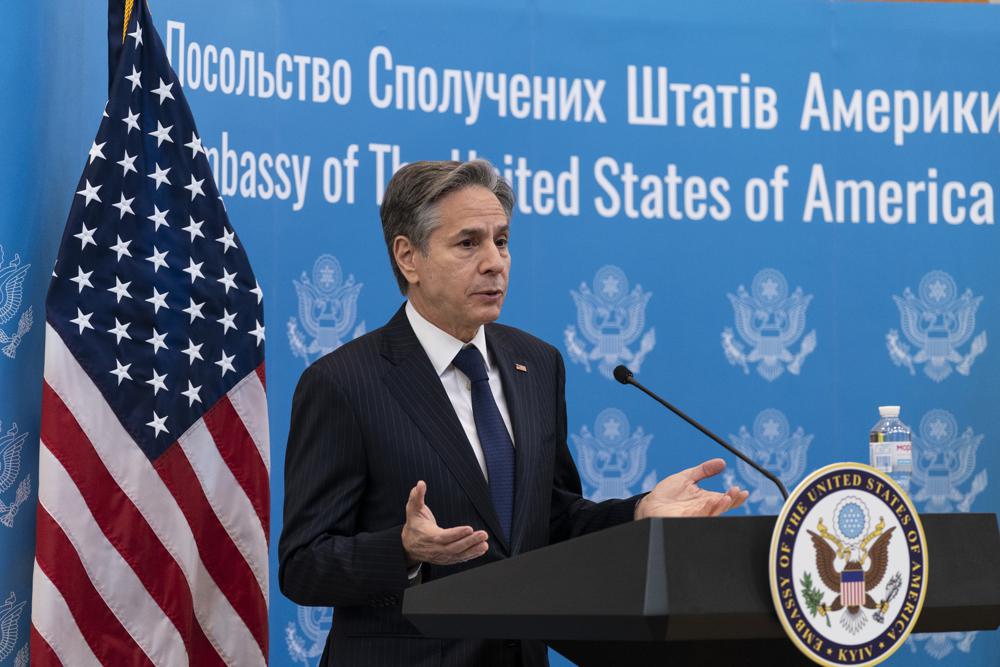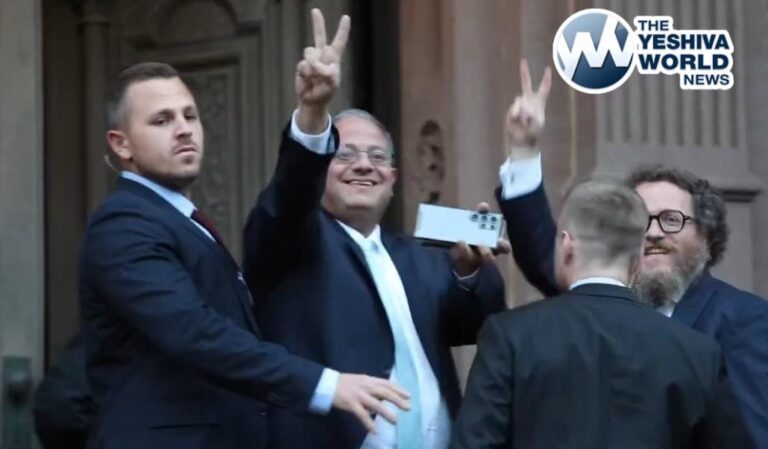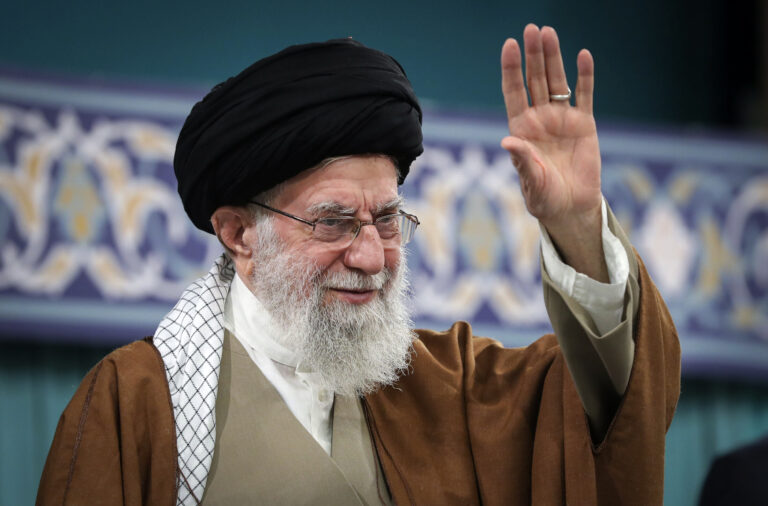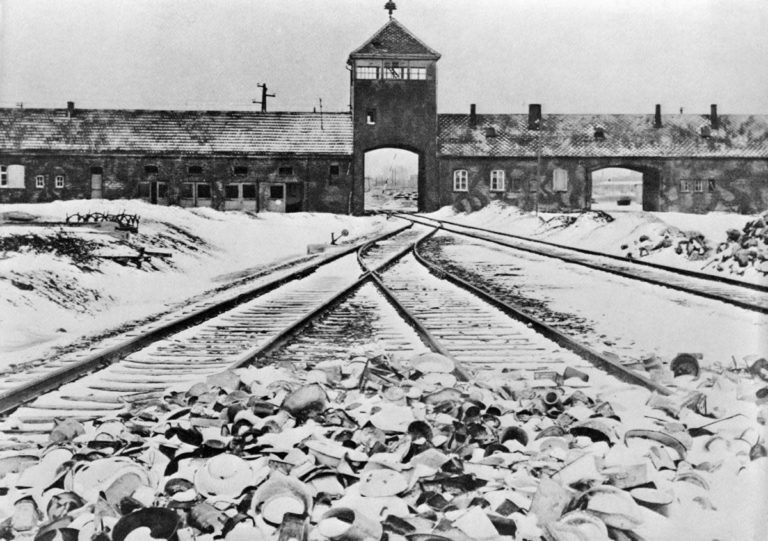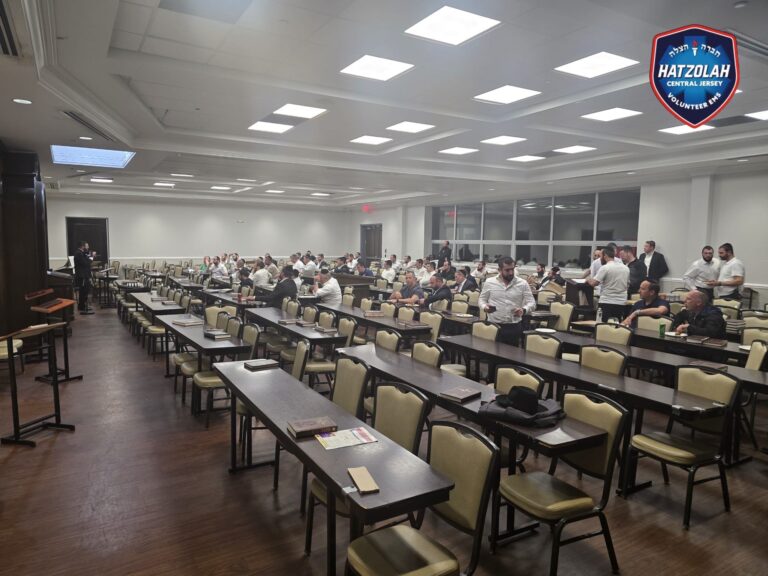The United States and Russia dug in their heels Wednesday over Russia’s military buildup on Ukraine’s border with no sign either will relent from entrenched positions that have raised fears of a Russian invasion and a new war in Europe.
Ahead of critical talks Friday between U.S. Secretary of State Antony Blinken and Russia’s Foreign Minister Sergey Lavrov, the two sides appeared no closer to any compromise that might ease tensions and avert the threat of a Russian invasion. Ukraine, meanwhile, said it was prepared for the worst and would survive whatever difficulties come its way.
On a visit to Ukraine’s capital, Kyiv, Blinken accused Russia of planning to reinforce the more than 100,000 troops it has deployed along the Ukrainian border and suggested that number could double “on relatively short order.”
Blinken did not elaborate, but Russia has sent an unspecified number of troops from the country’s far east to its ally Belarus, which also shares a border with Ukraine, for major war games next month.
Blinken also reiterated Washington’s demands for Russia to de-escalate the situation by removing its forces from the border area, something that Moscow has flatly refused to do. And, Blinken said he wouldn’t give Russia the written response it expects to its demands when he and Lavrov meet in Geneva.
Meanwhile, a top Russian diplomat said Moscow would not back down from its insistence that the U.S. formally ban Ukraine from ever joining NATO and reduce its and the alliance’s military presence in Eastern Europe. Deputy Foreign Minister Sergei Ryabkov said Moscow had no intention of invading Ukraine but that its demands for security guarantees were non-negotiable.
The U.S. and its allies have said the Russian demands are non-starters, that Russia knows they are and that Russian President Vladimir Putin is using them in part to create a pretext for invading Ukraine, which has strong ethnic and historical ties to Russia. The former Soviet republic aspires to join the alliance, though has little hope of doing so in the foreseeable future.
The stalemate left little hope that Blinken and Lavrov’s meeting, which follows a series of inconclusive talks last week, will ease tensions that have been rising since last year but have soared in the past weeks with increased Russian military activity.
The U.S. has not concluded whether Putin plans to invade or whether the show of force is intended to squeeze the security concessions without an actual conflict.
In Kyiv, Blinken urged Western nations to remain united in the face of Russian aggression. He also reassured Ukraine’s leader of NATO support while calling for Ukrainians to stand strong.
Blinken told Ukrainian President Volodymyr Zelenskyy that the U.S. and its allies were steadfast in backing his country and its democratic aspirations against Russian attempts to incite division and discord through “relentless aggression.”
“Our strength depends on preserving our unity and that includes unity within Ukraine,” he told Zelenskyy. “I think one of Moscow’s long-standing goals has been to try to sow divisions between and within our countries, and quite simply we cannot and will not let them do that.”
The Biden administration had said earlier it was providing an additional $200 million in defensive military aid to Ukraine. Blinken said more assistance is coming and that it would only increase should Russia invade.
Zelenskyy thanked Blinken for the aid, which was approved in late December but not confirmed until Wednesday.
“This (military) support not only speaks to our strategic plans of Ukraine joining the alliance, but more importantly to the level of our military, our military supplies,” he said, referring to Kyiv’s desire to join NATO.
“Your visit is very important,” Zelenskyy said. “It underlines once again your powerful support of our independence and sovereignty.”
From Kyiv, Blinken plans a short trip to Berlin for talks with German and other European allies on Thursday before meeting with Lavrov.
On Wednesday, French President Emmanuel Macron called on the European Union to draw up a plan to ease tensions with Russia, “We should build it among Europeans, then share it with our allies in the framework of NATO, and then propose it for negotiation to Russia,” he said.
Washington and its allies have kept the door open to possible further talks on arms control and confidence-building measures to reduce the potential for hostilities.
Ryabkov insisted, however, that there can’t be any meaningful talks on those issues if the West doesn’t heed the main Russian requests for the non-expansion of NATO with a formal response. He said the Russian demands are “a package, and we’re not prepared to divide it into different parts, to start processing some of those at the expense of standing idle on others.”
Blinken, though, said no such formal response was coming. “I won’t be presenting a paper at that time to Foreign Minister Lavrov,” he said. “We need to see where we are and see if there remain opportunities to pursue the diplomacy and pursue the dialogue.”
The Biden administration and its allies have accused Putin of creating the crisis and say it is up to him and the Russians to decide whether to invade and suffer severe economic consequences.
Russia has brushed off calls to withdraw its troops by saying it has a right to deploy its forces wherever it likes on its own territory. It also has rejected U.S. allegations that it’s preparing a “false flag operation” to use as a pretext for intervention. Russia has angrily denied the charge.
Before Blinken’s visit to Kyiv, a delegation of U.S. senators traveled to Ukraine to emphasize congressional support for the country.
Russia in 2014 seized the Crimean Peninsula after the ouster of Ukraine’s Moscow-friendly leader and also threw its weight behind a separatist insurgency in eastern Ukraine. More than 14,000 people have been killed in nearly eight years of fighting between the Russia-backed rebels and Ukrainian forces in the country’s industrial heartland, called Donbas.
(AP)

